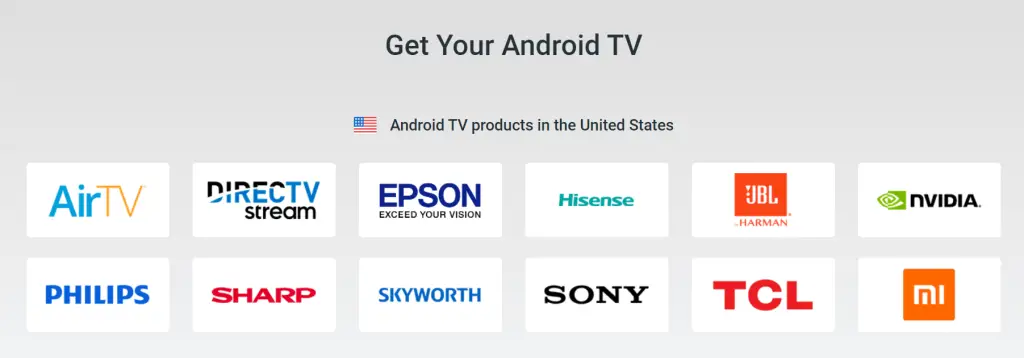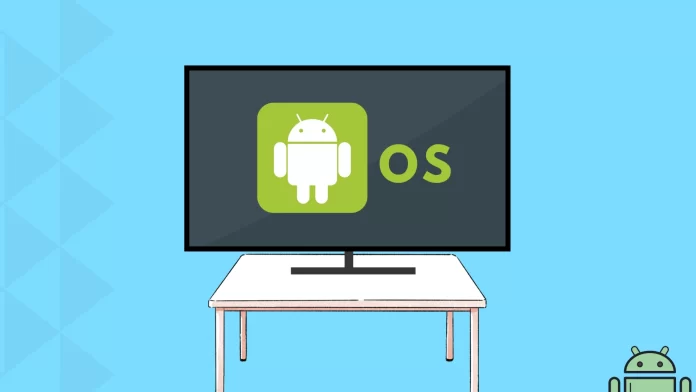Android TV has become a popular platform for many televisions and streaming devices. Beyond this, several platforms are based on Android but offer unique interfaces, such as Amazon’s streaming devices and TVs with Google TV. Additionally, some manufacturers opt for proprietary operating systems, including LG, Vizio, and Samsung. Among Chinese TV manufacturers, Hisense stands out for using its own OS, ViDAA, although it also produces TVs that run on Android and Google TV.
While the interfaces can vary, at their core, these systems often share a common foundation. For instance, Google TV is built on Android but features a visual interface tailored to the Google account. Amazon’s Fire TV OS 8 is another example, based on Android 10 (up to build 29) and Android 11 (from build 30 onwards).
Understanding the development year of an OS can be crucial when choosing a TV. For example, if you come across a TV on sale, checking the OS version can reveal whether it’s a contemporary model or an older one being marketed as new. Many companies use two or three years old components to reduce costs. For instance, Amazon’s Fire TV-2 runs on Android 9, released in 2018.
Android TV versions by release date
As of 2024, there have been ten generations of the Android TV operating system designed for large screens. Each new release introduced notable features. For instance, significant updates include the addition of high-quality HDR video format support and new HDMI 2.1 ports. The latest version, Android TV 14, focuses on energy efficiency, offering three distinct power consumption modes. Here is the list of Android TV OS versions by release date:
| Version OS Android TV | Generation | Release date |
| Android TV 14 | 10 | May 2024 |
| Android TV 13 | 9 | December 2022 |
| Android TV 12 | 8 | November 2021 |
| Android TV 11 | 7 | September 2020 |
| Android TV 10 | 6 | December 2019 |
| Android TV 9 | 5 | August 2018 |
| Android TV 8 | 4 | August 2017 |
| Android TV 7 | 3 | August 2016 |
| Android TV 6 | 2 | September 2015 |
| Android TV 5 | 1 | November 2014 |
Difference Between Android and Android TV: History and Features
The history of Android TV began in 2014 when Google decided to phase out Google TV, which had struggled to gain popularity since its introduction in 2010. At the time, major TV manufacturers like Samsung, Panasonic, and LG preferred to develop their own operating systems. Meanwhile, Google’s Android OS for phones was thriving. Consequently, Google opted to discontinue Google TV and rework the existing Android OS for televisions. This approach facilitated easier integration into TVs and leveraged the existing app store for a richer user experience. The first TVs featuring the new Android OS were released by Sony in 2015.
Up until 2019, the term “Android TV” was rarely used; the OS for TVs was typically referred to by specific versions, such as “Android 8 for TV.” However, as the differences between Android for phones and Android for TVs became more pronounced, the official designation “Android TV” was adopted starting with version 10 (Android TV 10).
Key Differences:
Android TV is specifically adapted for larger screens and the unique functionalities of televisions. While both Android and Android TV share the same core, they differ in certain functionalities:
- Remote Control Support: Android TV is designed to work seamlessly with remote controls.
- Video Post-Processing Programs: Specialized software for enhancing video quality is built into Android TV.
- Support for Digital Tuners and HDMI Ports: Android TV includes features tailored to the hardware capabilities of televisions, such as digital tuners and HDMI connectivity.
These features are not available on the standard Android OS for phones but are essential for an optimized TV experience.
List of TV brands with Android TV OS

Android TV has gained widespread recognition for its ease of use and the advantage of being backed by Google’s popular and regularly updated operating system. This makes it a preferable choice over developing a proprietary platform. As a result, Android TV OS is utilized by numerous TV brands, including Philips, Hisense, Sharp, Skeworth, Sony, TCL, Mi, Philips and many others. Over a hundred different companies, encompassing both TV manufacturers and streaming service providers, have adopted Android TV OS. For more information, you can visit the Android website.





